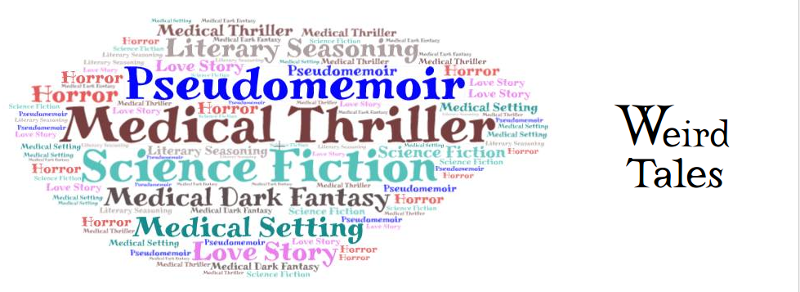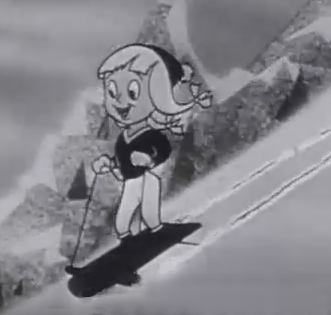
Always start your prologue with the weather. What better way to get your juices flowing? Weather—you can see it, feel it, hear it, smell it, even taste it. You don’t want your reader feeling that vague unease, that uncertainty, through the whole book, wondering if your characters are cold or hot, dry or deluged. Put […]

MoaTS Now A Double Award Winner In late August, my 2019 novel won a literary award, Best Medical Thriller from the Pinnacle Book Achievement Awards. In early September, a week later, Memoirs of a Transferable Soul won another award. I’ll get to the specifics in a minute. First, a little more about the book. I […]

I picked these ten peerless specimens with an editorial eye pointed toward such differentiating qualifications as unexpected categories, abundance, overkill, quality of curation, obscurity, uniqueness, quirkiness, usefulness, and humor. But really, I just went at it until I had ten that would do, then I stopped.

Famous people say a lot of famous things. And those famously pithy phrases are gathered for your reading pleasure and reference, in published collections of quotations. This is the story of how I harvested a song from one of those collections. “Thar’s songs in them thar indices!” I have written some songs. One song that […]

In 1966 when I was ten years old I really loved snow, because A) sledding; and B) snow days. Just like everybody else. And, that Christmas, I really wanted a Snurfer. The Snurfer was advertised heavily that Christmas season, and I asked Santa for one, but I didn’t get it. I don’t think Santa could […]

Welcome to WordPress. This is your first post. Edit or delete it, then start writing!






